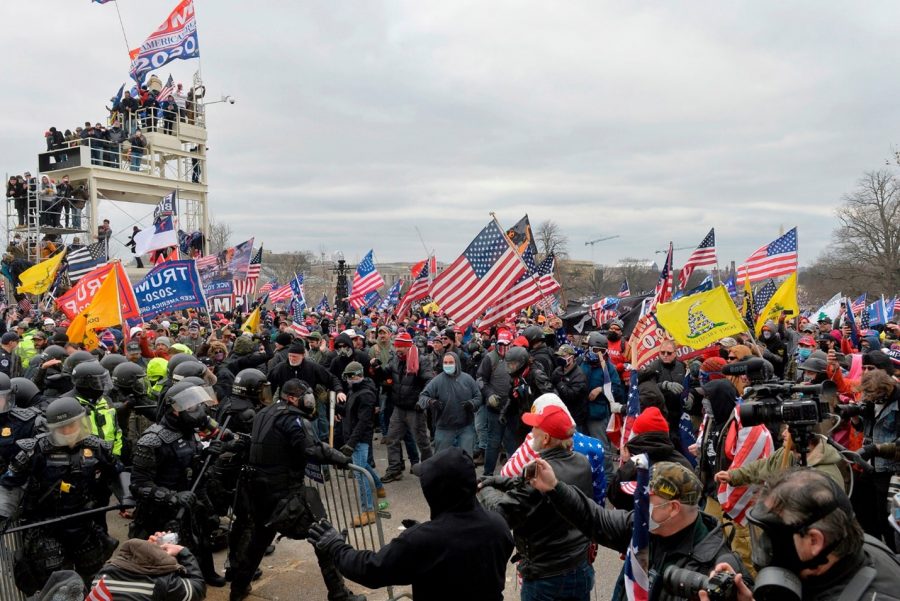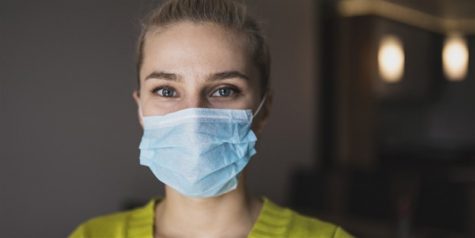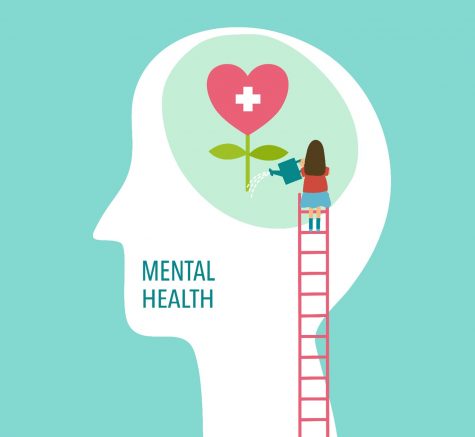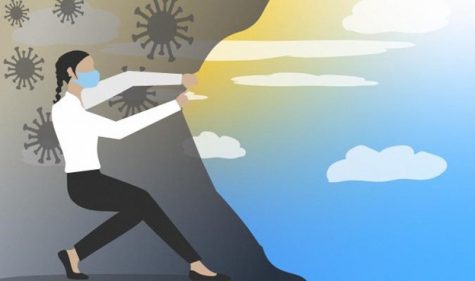BEYOND: Political Radicalization in the Pandemic
The roots of this article trace back to my brother’s engagement party in June of 2020. It was a small affair, with just a few family members and friends. Late into the evening, my father and I were sitting on our back porch with my aunt and uncle and their son when the conversation eventually found its way to the COVID-19 pandemic and resulting mitigation measures. Being a political science graduate and a liberal, I have often found myself frustrated when I visit my overwhelmingly conservative hometown by the propensity to discount academic and reputable media sources in favor of fringe Facebook articles and Trump’s Twitter posts. The uncle I mentioned has always been an exception to this, a moderate conservative who has always been willing to take opposing views seriously and usually able to cite reputable sources to back his opinions. The long discussions we had when he visited are one of the things to study regarding political science. So, one can imagine my surprise when he said that the mitigation measures were tyrannical and unconstitutional and that individuals were well within their rights to shoot any police who tried to enforce them. When I laughed, thinking this was a bit of gallows humor, he grew very angry and stormed out.
Fast forward eight months, a summer of protests over racial inequality, one of the most contentious elections in modern American history, a second wave of COVID-19, the violent storming of the United States Capitol, and here we are. As the year went on, I found that my uncle was not an anomaly. Several of my friends on both sides of the partisan divide began adopting more extremist rhetoric and speaking of violence, though thankfully, none of them have turned these words into action (to my knowledge). To a degree, this is understandable. Looking back on 2020, radicalizing events took place, one after the other, and often blended together. Sifting through the turmoil of 2020 and separating one strand of chaos from another is a task too great to tackle in this article, so the focus shall be on the pandemic. This is instructive, both because the pandemic occurred first chronologically and remained an underlying current as the rest of the year’s events unfolded.
One of the key elements referenced in a report by the Global Community Engagement and Resilience Fund, a report by the United Nations Institute for Training and Research, and the Governance and Social Development Resource Center is the isolation that the pandemic has brought upon people worldwide. On top of that, the economic impact of the pandemic has resulted in layoffs and reduced incomes, leaving many to face intense financial insecurity. The number of American adults reporting symptoms of anxiety or depressive disorders nearly quadrupled since June of 2019, going from 11 percent to 41 percent.
Combine this isolation with economic insecurity and increased anxiety, and you have all the necessary ingredients for radicalization. Economic insecurity and increased anxiety send people scrambling for stability, community and, more often than not, someone to blame. The social isolation of the pandemic has stripped people of many of the more constructive outlets to express their fears and frustrations, leaving them with nowhere to turn but the Internet. Radicalism cannot exist in a vacuum, as fear, insecurity and loneliness need a focus. The year of 2020 had plenty to offer in that regard. Donald Trump pushed narratives of “the China Virus” and posted tweets calling for his followers to “LIBERATE” states under the control of Democratic governors such as Minnesota, Michigan, and Virginia. At the same time, the murder of George Floyd by police in Minneapolis incited a series of protests over racial inequality across the country. These protests sometimes devolved into violence and fighting between protestors and police, with at least six people killed in the fighting.
A few months after Trump’s tweets, six men affiliated with far-right groups were indicted for conspiring to abduct the governor of Michigan. In August of 2020, anti-mask protestors and self-declared “health freedom” activists stormed the Idaho State Capitol Building in a scene that now feels somewhat prescient of the U.S. Capitol siege that would occur just under five months afterward. Two months later, in October, an office of the Utah Department of Health was vandalized when someone shot at it following anti-mask protests targeting the homes of a pair of state health officials. Rhetoric such as “health freedom” or “medical freedom” has been employed since at least 2015 by the anti-vaccine movement, which has been invigorated by the backlash to COVID-19 mitigation measures and propagating conspiracy theories, such as accusations that Bill Gates intends to use the COVID-19 vaccine to implant Americans with tracking microchips – a theory believed by 44 percent of Republicans.
Far-right vitriol, racial inequality and anti-science sentiments were not caused by the COVID-19 pandemic. However, much like the virus itself seizes upon pre-existing conditions to enhance its lethality, the pandemic has seized upon the pre-existing ills of our society and exacerbated them to sow disunity, hatred and violence.








